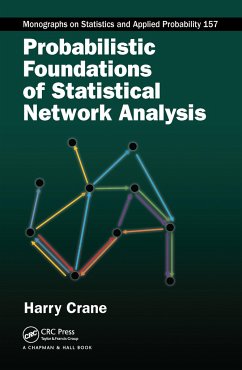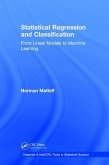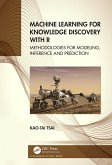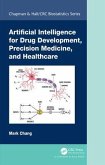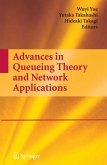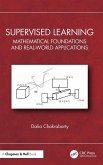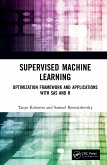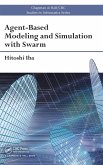The book discusses fundamental considerations for modeling network data of various kinds. The book's major novelty is the emphasis on understanding and building models from first principles, rather than choosing from a list of models that are already available. A main goal of the book is to explain the logic and rationale behind the technical aspects of recent work on network modeling and to discuss how those considerations compare to alternative approaches.
"I believe this book can serve both as a reference and textbook, but primarily should be seen as a textbook for a course built around foundational aspects of statistical modeling for network data. Most prior texts I am aware of focus on statistical methods within existing network models. I really like that this book helps the reader understand the statistical implications of choice of model, both in terms of "coherence" and sampling. Most prior work presents the field of statistical network analysis as a basket of models from which one chooses their preferred method. Crane takes a more foundational approach - showing how choice of model leads to implicit statistical assumptions that too often go unspoken."
~Walter Dempsey, Harvard University
"A set of useful exercises are given in almost all chapters that assists in understanding the topics and - what is very useful and much appreciated - the author also gives their solutions. These are not only a great tool because they allow solutions to be checked, but because somehow they are a complement of the text. Moreover, they provide the opportunity to dive thoroughly into the topics. Finally, the author not only proposes these exercises in each chapter, he also proposes problems that are open research questions. These are very nice inputs for researchers who are working in the field. And in this way, the author opens a door to further research and establishes a dialog between him and the reader."
~Silvano Romano, ISCB Newsletter
~Walter Dempsey, Harvard University
"A set of useful exercises are given in almost all chapters that assists in understanding the topics and - what is very useful and much appreciated - the author also gives their solutions. These are not only a great tool because they allow solutions to be checked, but because somehow they are a complement of the text. Moreover, they provide the opportunity to dive thoroughly into the topics. Finally, the author not only proposes these exercises in each chapter, he also proposes problems that are open research questions. These are very nice inputs for researchers who are working in the field. And in this way, the author opens a door to further research and establishes a dialog between him and the reader."
~Silvano Romano, ISCB Newsletter

